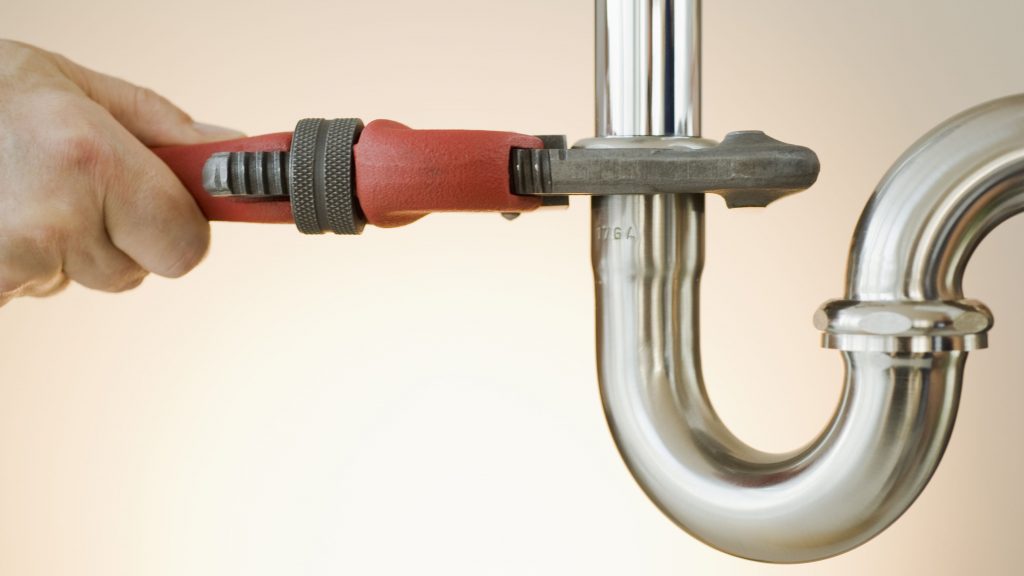What are the types of plumbing pipes?
6 min read
What are the types of plumbing pipes?
When starting to repair the apartment, the first thing you need to take care of is the replacement of plumbing pipes Αποφράξεις Αντωνίου, especially in cases where the housing is purchased on the secondary market. Installing a new communication system will avoid serious problems, because the old hydraulic systems can leak, providing not only a lot of inconvenience to the residents of the apartments but also the risk of flooding neighbors in case of leakage.
Going to the hardware store, you should first study the characteristics of piping pipes, as well as their varieties, in order to buy exactly those products that are best suited for the apartment being purchased.
Special characteristics
Plumbing pipes are quite a wide range of products, which differ in various parameters, for example the material from which they are made or the size as well as additional elements used to fasten such connections.
A variety of plumbing pipes are due to different functions that must perform similar elements of the pipeline, because pipes for cold or hot water will differ in their characteristics from the respective sewage.
For example, completely different requirements are placed on hot water communications than on cold water supply pipes. For example, the material used for this type of plumbing should be well tolerated due to prolonged exposure to high temperatures.
But in this variant of the products, a raid is formed to a lesser extent on the inner side compared to the cold water supply pipe. Special requirements for plumbing used for wastewater. The most important criterion is the ability to withstand the action of chemically active substances.
The plumbing pipes that are installed in the apartment, divided according to the peculiarities of use:
- for cold water retention.
- for hot water inlet and installation of heating systems.
- to create a sewer.
The following describes the characteristics of each type of pipe.
Plumbing pipes for cold water
Cold water pipes should be installed in any apartment, because if the central hot water supply can be replaced for a boiler or a water heating column, then it is impossible to replace the central supply of a cold spring.
The main material used for the production of cold water pipes can be used:
- galvanized steel.
- stainless steel
- copper.
- polymeric materials.
In the first embodiment, due to the zinc coating, the pipes are completely protected from damage. But if at some point this coating is damaged, then there will be a corrosion process, and rust will appear gradually. Such problems are often found at intersections and connections.
Under no circumstances is the use of pipes made of non-galvanized steel for cold water supply recommended, as it will be possible to observe the condensate that constantly protrudes from the surface of such a pipe, which will cause rust and wear. In addition, from within, such a product grows rapidly, reducing its lumen and interrupting the water supply. Even if it is recommended to paint such plumbing with paint, it will soon correct the situation – rust will appear very quickly and the plumber will have to change.
Stainless steel is a more expensive choice. Despite the greater complexity in the installation of this type of plumbing pipes, this option refers to the most durable and durable constructions.
Copper is one of the noble metals. Copper pipes in their characteristics are significantly superior to the corresponding steels. In the process of their use no rust appears, in addition, they differ in bactericidal action. All you have to pay attention to is that it is better to use similar hydraulic equipment in combination with a plastic coating that will protect against condensation.
Polymeric materials. Despite the wide variety of plastic pipe options, they share similar properties. The final choice will depend on the cost of the products and the characteristics of a particular pipeline. Such communications today have replaced almost all corresponding metal elements, as a very wide range of cold water supply requirements is offered, which can handle even the most economical types of plastic communications.
Plumbing pipes for hot water and heating
Non-galvanized steel can be used for hot water and heating, as no condensate forms on such plumbing. But you must be prepared for the fact that water must be constantly in the system. If water drains and air enters the system, then these pipes will rust quickly and become useless.
A good choice could be galvanized or stainless steel pipes, which should not be water.
Copper performs well, but this type of plumbing will be very expensive. In addition, you will need to use additional insulation, which will also affect the final cost of the pipe.
If the choice fell on polymer pipes, then the best choice would be reinforced propylene. Since this material contains aluminum foil and fiberglass, they provide polypropylene with a shape retention for a long time. If you prefer plastic pipes from other materials, then you must pay attention to the maximum temperature they can withstand.
One of the major advantages of plastic plumbing is its ease of use, because over time a large number of layers are formed in any duct, which must be removed. In plastic versions the raid accumulates much more. In addition, they are much easier to clean than metal products.
In some cases, the cost of such a material can be compared to that of metal, so before making a final decision, it is necessary to weigh all the pros and cons.
Plumbing pipes for drainage
Cast iron or plastic is often used to make sewers. The first option is perfect for the effects of aggressive substances. In addition, cast iron pipes are not as noisy, so they are more often used in apartments, which are located in high-rise buildings.
PVC products are no less popular for this type of plumbing. Their advantages include ease of installation, extensive product range, excellent operating characteristics and a high level of resistance to aggressive environments.
It is worth noting that ordinary plastic pipes withstand exposure to hot water, the temperature of which does not exceed 60 degrees. To avoid this disadvantage, you can install a polypropylene drainage system – Αποφράξεις – Αντωνίου. These products are also lightweight. The only drawback is the lack of sound insulation, so you can hear the water passing through the sewers.
From the beginning of the installation of sewer pipes, it is necessary to examine the level of inclination of the pipe.
This value is determined by the diameter of the pipe:
- if the diameter of the pipe is 4-5 cm, then the slope is 3.5 cm per 1 meter of pipe.
- for diameter 10-11 cm – 2 cm per 1 meter of pipe.
- 11-15 cm – 1 cm per 1 meter of pipe.
- 20 cm and above – the slope is equal to 8 mm per 1 meter of pipe.
The diameter of the plumbing pipes as well as their size will depend on certain requirements, which move in the water supply:
- work pressure;
- temperature conditions.
- the number of connected devices.
Plumbing pipes of various sizes are used for various systems. When installing the cold water pipe, it is worth considering the possibility of overgrowth of the inner tube of the flowering pipe. The thinnest version includes copper products, the thickness of which reaches 1.2 cm.
They can be used in the apartment, which is also equipped with various water purification filters. Steel pipes with a thickness of 1.5 to 1.6 cm can also be installed.
If the choice stops at plastic products, then their diameter must be at least 2 cm. Their internal dimensions will be similar to the options of thin metal walls.
To install plumbing for hot water, you must use the same size as in the first version. During the installation of the heating system, it is necessary to take into account the fact that the diameter of the pipes must be increased. The minimum size of copper and steel pipes should be about 2 cm. Using polymer products, you should increase the diameter to 25-32 mm. Very large pipes with a diameter of 50 mm are not used in simple apartments – this is the prerogative of industrial enterprises.
When choosing the size of the sewer pipes, it is necessary to consider the scope of their use:
- Products with a diameter of 5 to 10 cm are used to connect 1 or 2 appliances, such as sink, washbasin, shower.
- Pipes with sizes ranging from 11 to 15 cm are used to connect several devices that operate simultaneously and one toilet. They are also positioned to create a vertical slope.
A 15 to 20 cm diameter pipe is used to combine various plumbing fixtures and a toilet. Also pipes of such diameter are installed for general drainage. Size options from 20 to 30 cm are adjusted quite rarely, for example, in cases where it is necessary to connect sections between two water intakes. Plastic pipes, the diameter of which is less than 50 mm, can only be used for installation in small kitchen drains.
